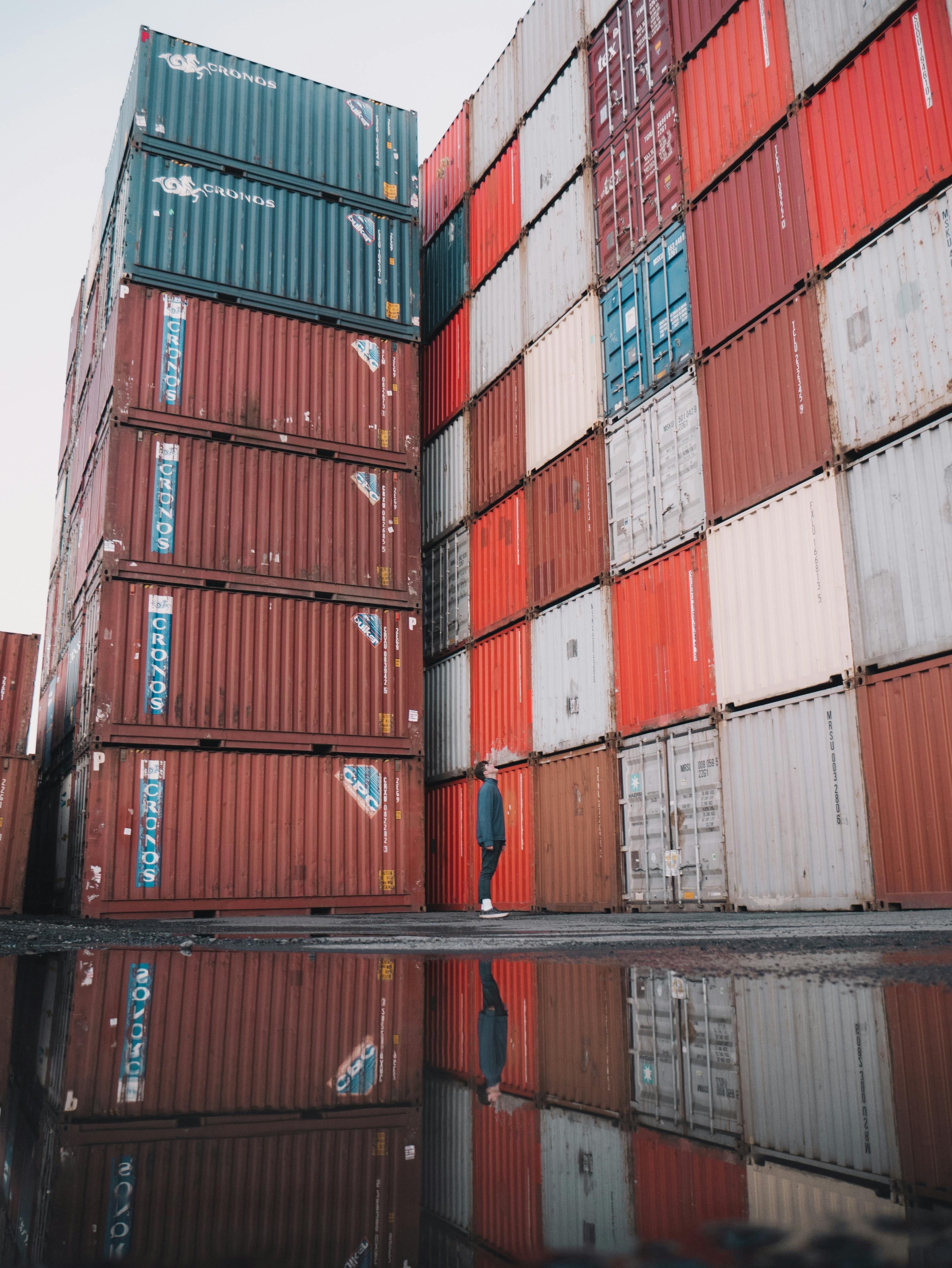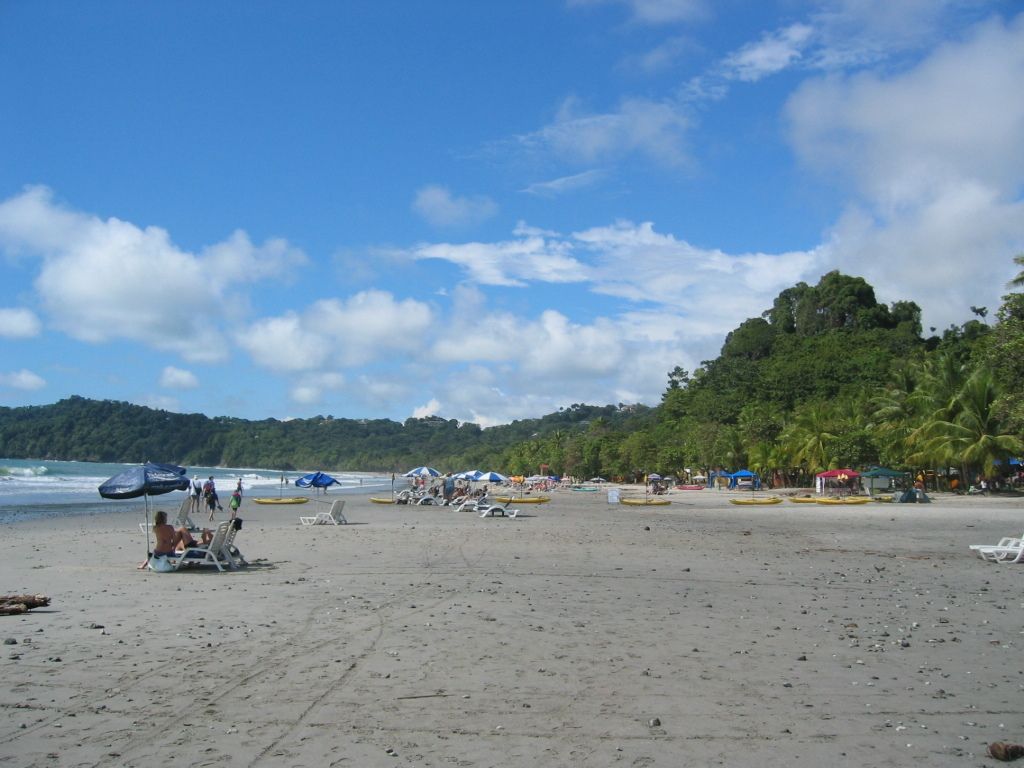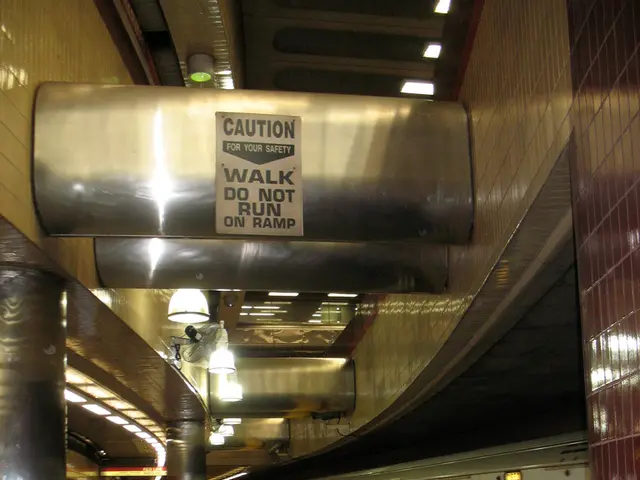Struggles with Shipping on the Rhine Due to Low Water Levels and Increased Costs
Reduced Rhine Water Levels Causing Fewer Vessels and Lesser Cargo Loads - Reduced-river Rhine - fewer cargo ships sailing
Hey there! Let's talk about the current challenges in shipping along the Rhine River. According to Florian Krekel, spokesperson for the Rhine Waterways and Shipping Authority, "We're dealing with low water levels, and it's been unusually dry for this season. The dry spell has lingered for quite some time." This leads to a severe reduction in the draft of ships, which isn't good news for businesses relying on river transport.
As it turns out, ships could handle way more cargo if the water levels were higher. Unfortunately, the Middle Rhine stretch seems to be taking the brunt of this issue, thus limiting transport capacities. Only rainfall can alleviate this predicament.
Now, here's where it gets interesting for the customers. Niklas Walbröl, a dispatcher at the Andernach harbor, shared some insights on the operational side. "In the past, we could manage with a single ship. Now, we're looking at two to three ships to get the job done," he said. More ships mean higher transport costs, and let's face it, who loves a price hike?
The main culprit for this low water predicament is the lack of rain and less snowmelt from the Alps. Simply put, there's less water from the catchment areas flowing into Lake Constance, which is below the long-term average.
Now, let's break down some of the factors contributing to the increased costs for the businesses:
- Limited Load Capacity: As the water level drops, ships must operate with lighter loads to avoid grounding. This means more ships are required to transport the same amount of cargo, increasing overall transportation costs.
- Surcharges and Freight Rate Hikes: To compensate for the reduced capacity and added complexity, vessel operators hike freight rates by imposing surcharges. These surcharges can bump up the cost per ton of cargo, with shipments from Rotterdam to Karlsruhe seeing a rise from 34 euros to 46 euros per tonne[2].
- Enhanced Operational Complexity: Handling multiple shipments instead of a single fully loaded one adds layers of complexity and overhead costs, such as increased fuel consumption, labor, and time.
In conclusion, low water levels on the Rhine lead to increased transport costs due to a variety of factors. There's a lot going on under the surface, and businesses and shippers are feeling the squeeze in their wallets. Here's hoping for an increase in rainfall soon!
[2] - [Source 2]
- The ongoing struggle in shipping on the Rhine is largely due to the policy implications of the low water levels, as it increases the need for multiple ships to transport the same amount of cargo, thereby affecting the community policy and employment policy in the transportation sector.
- The rising costs of river transport on the Rhine could potentially be reduced if the employment policy regarding the utilization of smaller, more maneuverable ships is modified, allowing for more efficient navigation in low water conditions.
- To further alleviate the impact of low water levels on the Rhine, a coordinated approach focusing on the community policy and employment policy in the water management sector could be implemented, aiming to effectively manage and distribute water resources during dry seasons, reducing the meltwater runoff from the Alps and maintaining average water levels in the Rhine.








